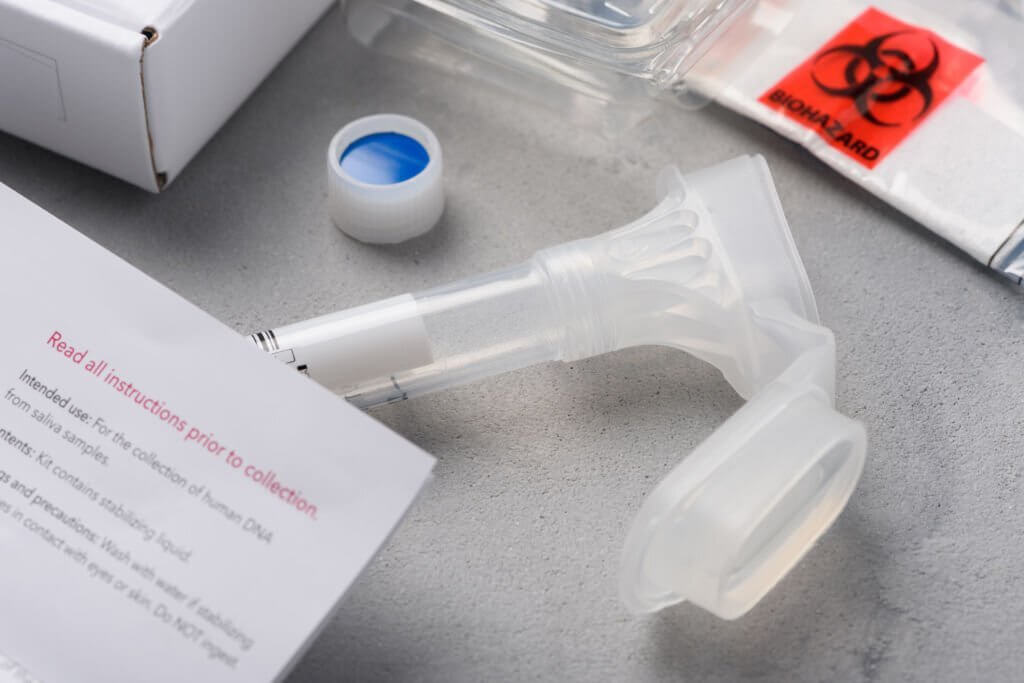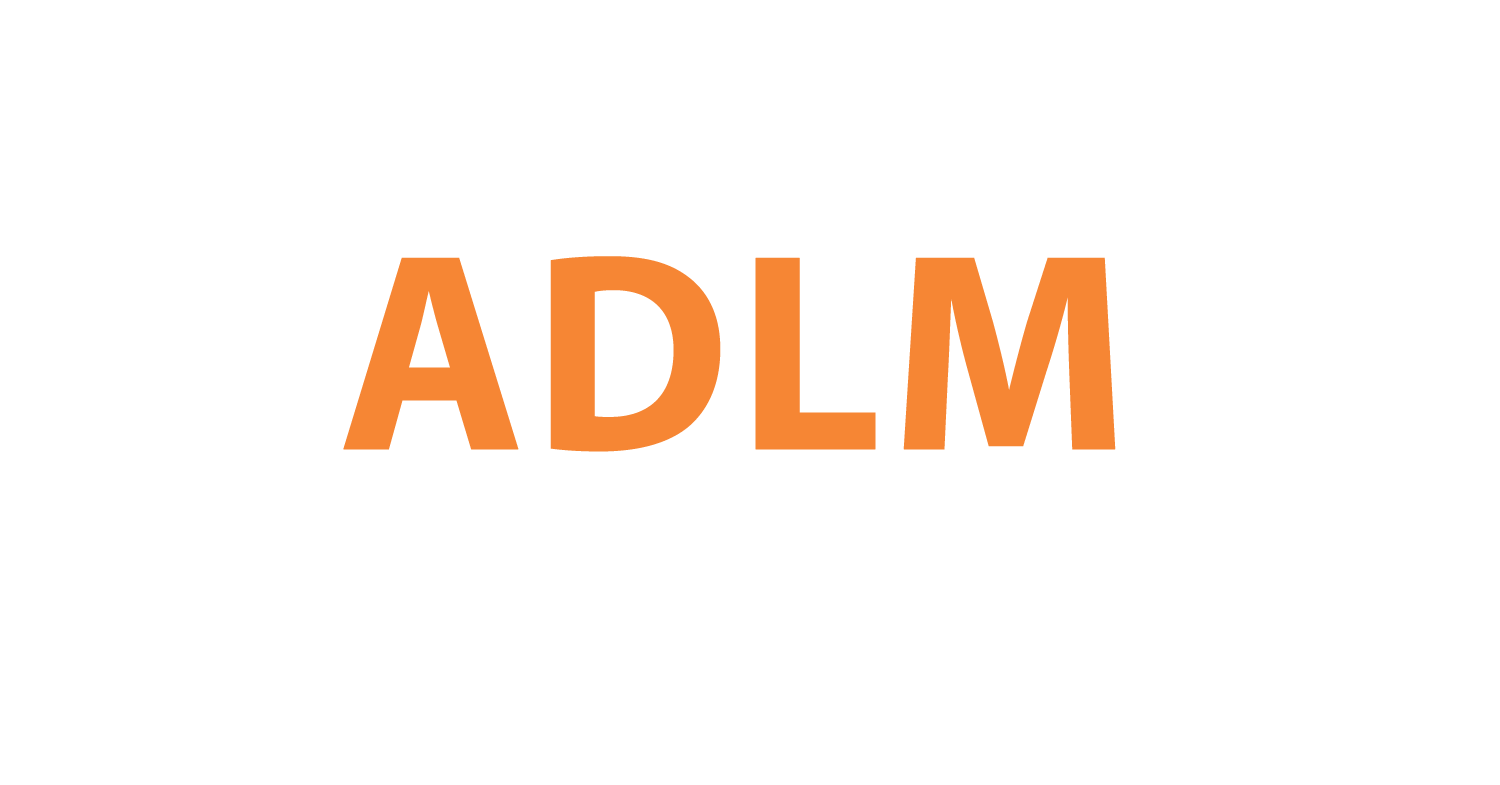Everything You Need To Know About Saliva Collectors

What Saliva Collectors Are
Saliva collectors are tools designed to gather saliva samples from individuals for various types of analysis. Saliva collection methods have significantly advanced over the past decade, leading to standardized, reliable methods, devices, and techniques that produce high integrity saliva samples. These methods and devices have been engineered to increase participant compliance and maximize sample integrity, thereby allowing for the most accurate results. Some common methods for saliva collection include the passive drool method, the adult swab method, the children's swab method, and the infant's swab method. The chosen method can depend on the participant's age and the specific needs of the study.
The Importance of Saliva in Medical and Scientific Research
Saliva plays a crucial role in medical and scientific research. It's a readily accessible biofluid that can provide valuable insights into an individual's health status. For example, saliva tests can be used to monitor stress responses in the body, detect disease biomarkers, and even facilitate genetic testing. Saliva testing is also employed in the diagnosis and monitoring of various conditions, including diseases such as type 2 diabetes and obesity.
Composition of Saliva and its Significance in the Human Body
Saliva is primarily composed of water, which makes up about 99% of it. The remaining 1% consists of a variety of substances, including electrolytes, mucus, antibacterial compounds, and various enzymes. One of the most notable enzymes is salivary amylase, which begins the process of digestion by breaking down starches into sugars. Lysozyme is another important enzyme that helps in maintaining oral health by breaking down bacterial cell walls. Various other proteins and peptides present in saliva also play vital roles in maintaining oral health and facilitating digestion.

Functions and Importance of Saliva in Digestion, Oral Health, and Disease Detection
-
Digestion: Saliva plays a crucial role in the process of digestion. The enzyme, amylase, starts the breakdown of complex carbohydrates into simpler sugars. This enzymatic process begins in the mouth and helps in the initial stages of food digestion.
-
Oral Health: Saliva helps maintain oral health in various ways. It acts as a lubricant, aiding in speech and swallowing. It also helps in neutralizing acids produced by bacteria, preventing tooth decay and gum diseases. Furthermore, the enzymes and other antibacterial compounds in saliva help control the microbial population in the mouth.
-
Disease Detection: Saliva is increasingly recognized as a tool for the diagnosis and monitoring of various diseases. It can be used to detect a range of biomarkers indicative of systemic diseases, including diabetes and certain cancers. It is also used in drug monitoring and forensic investigations. The use of saliva as a diagnostic fluid presents many advantages, including non-invasive collection methods, and the potential for frequent sampling.
One example of a disease that can be detected through oral health is heart arrhythmia. A study by Hiroshima University linked gum infection or periodontitis to heart arrhythmia, indicating that periodontitis can aggravate atrial fibrosis and can be a novel modifiable risk factor for atrial fibrillation. However, periodontitis is not the only condition leading to an increase in the severity of atrial fibrosis. It acts as an aggravator to the disease along with other factors such as high weight, bad food habits, less activity, tobacco and alcohol use.
The Role of Saliva in Diagnosing Certain Medical Conditions
Saliva and other oral fluids support the health of soft and hard tissues in the oral cavity. These fluids contain a variety of biocomponents such as proteins, nucleic acids, and endogenous and exogenous metabolites. Oral fluid testing in clinical laboratories for the detection of viral infections like SARS CoV-2, HIV, HPV, HSV, or other infectious agents (e.g., Candida albicans), drug metabolizer status, and detection of illicit drugs is regulated under the Clinical Laboratory Improvement Amendments of 1988 (CLIA).
However, the use of oral fluids for diagnostic purposes presents challenges such as the identification of disease-specific markers, sensitivity and specificity of tests, and standardization of collection/storage of salivary samples. As of June 2021, there are no FDA-approved salivary diagnostic tests for evaluating the risk of periodontal disease, dental caries, or head and neck cancer.
Use of Saliva in Genetic Testing and Research
Saliva has been used for direct-to-consumer (DTC) oral fluid tests that have received marketing authorization from FDA, specifically for gene alleles associated with increased cancer risk. Further information on the specific genetic tests using saliva and their use in research would need further investigation.

The Importance of Saliva Collection in COVID-19 Testing
Saliva testing became more significant during the COVID-19 pandemic, with the development of rapid diagnostic tests using saliva for improved detection of individuals with SARS CoV-2 infection. Initial studies during the early stages of the pandemic showed detectable viral loads of SARS CoV-2 in saliva, even in asymptomatic individuals. PCR testing for COVID-19 using saliva samples performed relatively well, with one meta-analysis reporting 91% sensitivity for saliva tests compared to 98% sensitivity for nasopharyngeal swabs.
By mid-2021, several tests had received FDA emergency use authorization for detection of SARS CoV-2 infection using saliva collected from individuals with COVID-19 symptoms. Some of these tests allowed saliva specimens to be self-collected at home or collected in a healthcare setting, as determined appropriate by a healthcare provider. In June 2021, the FDA granted emergency use authorization to the first point-of-care antibody assay that uses oral fluid samples for qualitative detection of total antibodies to SARS CoV-2.
Despite the progress in saliva-based testing, it's important to note that the composition of saliva can vary based on factors such as the time of day of collection, the location where the oral fluid is collected, and the sample storage conditions, among other factors. Currently, there are no established uniform criteria for the collection of human saliva. Therefore, continued research and development are required to standardize and optimize saliva collection and testing protocols.
Different Types of Saliva Collectors
Saliva is a readily accessible biofluid that's used for diagnostic purposes, and it offers several advantages over other sample types. It's easy to collect, noninvasive, and poses fewer risks of infectious disease transmission. This has led to an increased acceptance of salivary diagnostic tests by patients. Saliva can be collected using various methods, including spitting, drooling, dribbling, and collection with or without coughing. However, these different collection methods can affect the precision and determination of biomarkers of interest. For instance, the composition of saliva can vary depending on the time of day it's collected, the location where the oral fluid is collected, and the conditions in which the sample is stored.
Step-by-step guide to using common saliva collectors
Collecting a saliva sample for diagnostic testing typically involves the following steps, using a saliva collection kit such as the ones provided by Mantacc:
-
Take all of the contents out of the box. Note that most saliva collections need to be collected at a specific time of the day as detailed in the instructions.
-
Do not eat or drink, smoke, brush your teeth, or chew gum within 30 minutes before collecting a saliva sample.
-
Write your name, collection date, and collection time on the tube label. Without this information, the sample may be rejected by the lab.
-
Unscrew the lid of the saliva tube provided in the kit. Collect enough saliva until the tube is at least 75% full, not including bubbles.
-
Tightly cap the saliva tube to prevent leaking in transit to the lab.
-
Place the saliva tube in the biohazard bag provided, seal it, and place it in the freezer until you are ready to mail it.
After collection, saliva samples should be carefully handled to prevent contamination and preserve the integrity of the components in the saliva. The specific handling and storage instructions may vary depending on the type of test being conducted. As mentioned in the collection steps, it's common for samples to be stored in a freezer until they are ready to be mailed to the lab for testing.
Factors that can influence the collection process (hydration, time of day, etc.)
The collection of saliva and other oral fluids can be influenced by various factors. These include the technique and duration of collection (such as spitting, drooling, dribbling, and collection with or without coughing), hydration status, and the time of day. For instance, the composition of saliva can vary depending on the time of day the sample is collected. Additionally, the location in the mouth where the fluid is collected and the storage conditions of the sample, including the time to analysis, can also affect the determination of biomarkers of interest in the sample.
The Importance of Following Instructions Closely
It is critical to closely follow the instructions provided with saliva collection kits to ensure the quality of the sample and the accuracy of the test results. Important instructions can include:
-
Participants should not eat, brush or floss their teeth, drink anything other than water, or have dental work performed for a certain period before sample collection.
-
Participants should avoid consuming alcohol, caffeine, nicotine, or medications within a specified period of sample collection. If this is not possible, the use of these substances should be documented.
-
Participants should rinse their mouth with water to remove any oral residue prior to sample collection, and then wait 10-20 minutes before providing the sample to avoid dilution. The rinsing protocol must be standardized between all participants.
-
The collection procedure and required sample volume should be clearly communicated to participants. They should be given ample opportunity to ask any questions before collection begins.
Potential Issues and How to Troubleshoot Them
There can be several potential issues during saliva sample collection, and knowing how to troubleshoot these issues can ensure the validity of the collected samples:
-
If a sample is visibly contaminated with blood, it should be discarded and recollected.
-
If the sample is made up primarily of mucous (instead of drool), it may not be usable. To ensure a good sample, advise participants to allow saliva to pool in the mouth, and then, with head tilted forward, gently guide saliva into the collection tube either directly or with a straw.
The importance of saliva collectors in the medical and scientific communities cannot be overstated. Saliva serves as an ideal translational research tool and diagnostic medium, being utilized in innovative ways to provide molecular biomarkers for a variety of oral and systemic diseases. Conditions such as caries risk, periodontitis, oral cancer, breast cancer, salivary gland diseases, and systemic disorders like hepatitis, HIV, and HCV, can all be detected via saliva analysis. Moreover, technological advancements have allowed for high-throughput studies to be conducted at unprecedented scales, which in turn, furthers the discovery and validation of salivary disease biomarkers.
The field of saliva collection and analysis has seen rapid growth and adaptation in the past decade, with major advancements occurring particularly in the past few years. The development of new, more sensitive technologies to detect smaller concentrations of analytes in saliva relative to blood levels has been a pivotal achievement in this arena. More importantly, the advent of standardized saliva collection devices, which were not available just three to four years ago, has made the collection of samples from patients safe, simple, and non-invasive. It is anticipated that with these new technologies, salivary proteomics will, in the next decade, enable the prediction and diagnosis of oral and systemic diseases, cancer, and infectious diseases, among others. It is thus crucial for the scientific community to continue to support and promote advancements in this promising field, as it holds the potential to revolutionize disease diagnosis and monitoring, and ultimately contribute to improved patient outcomes.
Want to learn more about saliva collection kits?
Are you in need of reliable and easy-to-use saliva collection kits for your needs? Look no further than Mantacc! Our collection kits are specifically designed to aid in identifying salivary sample constituents, making them an essential tool for forensic biology, toxicology, and drug monitoring.
With our collection kits, you can trust that you'll receive accurate results for all of your testing needs. Plus, our kits are user-friendly, making them accessible to professionals of all experience levels.

Find products: saliva collection kits, forensic diagnostics.
Related Posts
Saliva Collector Benefits for Roadside Drug Testing
Saliva Collection Kits: The Non-Invasive and Reliable Way to Collect Samples
How Do Saliva Collection Kits Improve DNA Quality and Stability?












